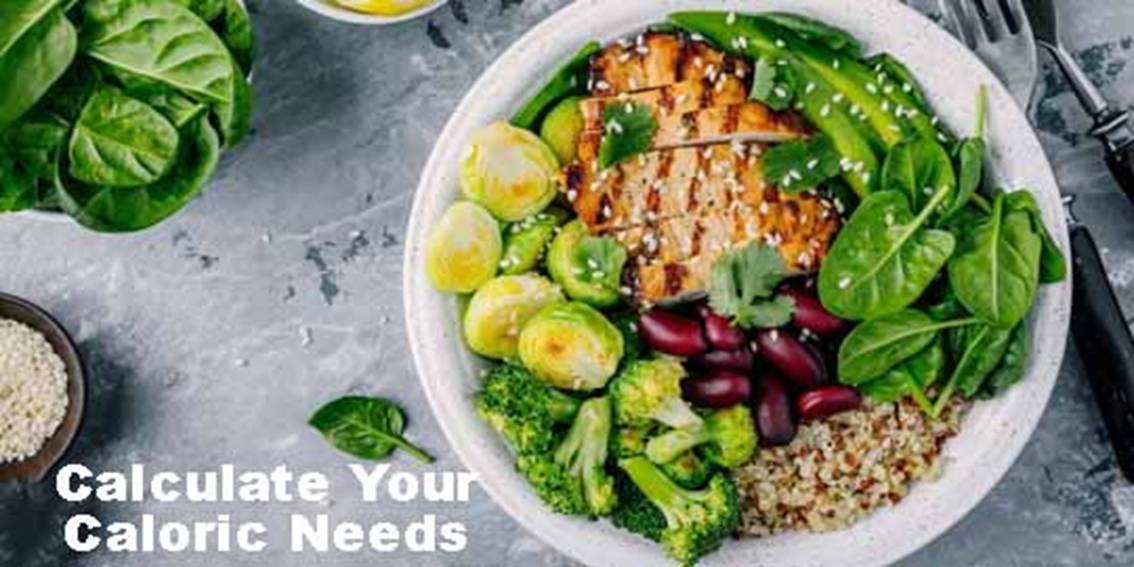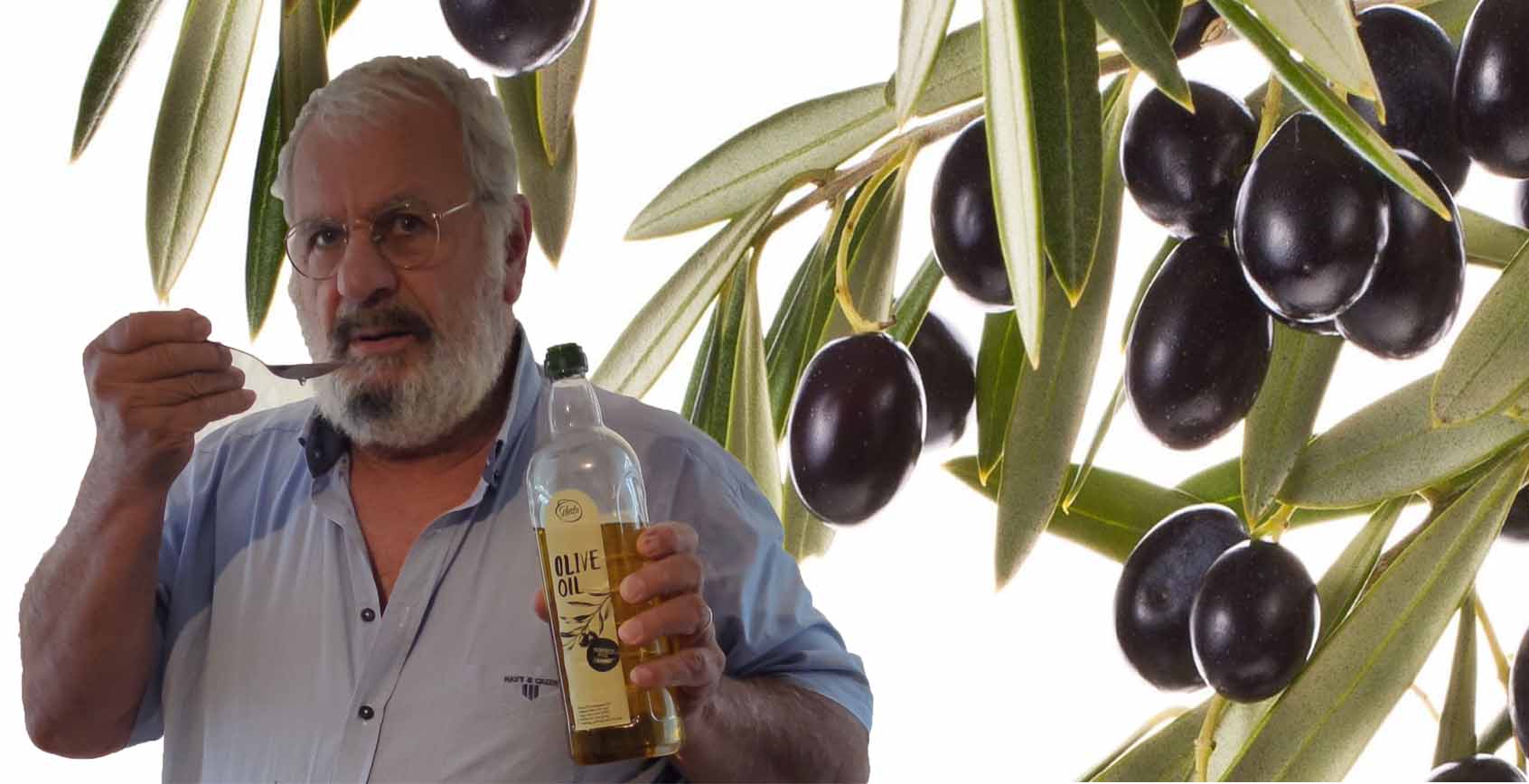
Author: Panos Platritis Clinical Dietitian Nutritionist BSc,MSc, Registered with GE SY Member of BDA, ESPEN, CYSPEN, SEPI
Cooking Methods
Proper Cooking: A wide variety of foods makes our diet both interesting and enjoyable. You can explore not just many types of ingredients, but also countless preparation methods. Whether you grill over an open flame, fry in oil, or smoke your food, you should follow simple techniques to make your meals tasty and safe.
Proper cooking kills bacteria and ensures food safety from a biological perspective. It also enhances aroma and flavour. The browning that happens when you cook meat, vegetables, or grains adds richness and depth to their taste. However, overcooking introduces safety concerns. You must avoid burning or charring food, as this can produce harmful compounds. By mastering balanced cooking methods, you can create meals that are both delicious and health-conscious.
WARNING
The reproduction of any part of the book by any means (photocopying, printing, microfilming, or any other mechanical or electronic method) is prohibited without the written permission of the author.
Proper cooking neutralizes bacteria and improves food safety from a biological perspective. It also enhances aroma and flavour. The browning that occurs while cooking meat, vegetables, and grains creates much of the flavour we enjoy in these foods. However, if you overcook them, you risk forming harmful compounds that raise health concerns.
Proper Cooking: You must strike a balance between undercooking and overcooking to prepare a meal that tastes great and keeps you safe.
Do not Overcook the Meat
Proper Cooking: Overcooking meat, including beef, pork, poultry, and fish, can lead to the formation of potentially harmful substances, such as nitrous compounds and heterocyclic amines. These substances have been linked to undesirable health effects in experimental animals (e.g., DNA damage, cancer), so it would be wise to be cautious and reduce your exposure to them.
Remove the burnt meat. Make sure to remove and discard any burnt parts of the meat before consuming it, and the nutritionist Panos Platriotis suggests to avoid using sauce that has been made from the fat that has drained during cooking.
Do not Burn Toast or Other Starchy Foods
Excessive cooking should be avoided with other foods as well. High cooking temperatures of starchy foods such as bread, cereals, potatoes, and crackers naturally create a compound, acrylamide, which has also been associated with adverse health effects in studies with laboratory animals (e.g., DNA damage, cancer).
According to the World Health Organization, “the currently available information on acrylamide reinforces the general advice for a healthy diet, including moderate consumption of fried and fatty foods.”
The Formation of Acrylamide can be Reduced with the Following Practices
Avoiding burning food or making it overly crispy when frying, boiling potatoes or baking them whole in the microwave with the skin on, toasting bread until it turns light rather than dark brown – avoid eating the dark brown areas, cooking shredded potato products, such as frozen French fries or potato slices, until their colour becomes golden yellow rather than brown.
Grilling
Grilling is a good way to retain as much nutritional value as possible from a food, without sacrificing its taste. It requires very little added fat and gives dishes a smoky flavour. Additionally, it helps meats and vegetables stay moist and tender. For foods that contain fat, this method causes it to melt and escape, thereby reducing their caloric value.
Baking in the oven
We can bake anything in the oven, covered with a special cover and adding a little water. The moisture from the water makes the method particularly good, especially for poultry. In this cooking case, the quick cooking allows for the preservation of the vitamins and trace minerals of the food.
Frying
Frying food, through the use of various oils at high temperature, leads to the production of very harmful substances for our health. The higher the temperature, that is, above 180°C, the greater the accumulation and toxicity of these substances. If the frying time is short, the vitamins in the foods are preserved in good amounts. It is advisable to use a little oil and preferably olive oil.
Simmering on Low Heat
The simmering is done in a covered pot on the ‘eye’ of the electric stove. This method is preferable for cooking meats, fish, eggs, and vegetables, and is essential for cooking rice or pasta. However, water-soluble vitamins, especially those of the B complex, are destroyed or lost in the broth. As for vegetables, they should be boiled for the shortest time possible, in order to minimize the destruction of their nutrients due to high temperatures and large amounts of water.
Poached
Poaching means cooking food in a small amount of hot water, slightly below the boiling point. This method is healthy because no oil is used to cook the food, and meats, fish, and eggs are cooked gently in a short period of time.
Sautéing
Fish, poultry, and vegetables can be sautéed in a pot or in a pan with little or no fat, as continuous stirring prevents them from sticking. We can choose to sauté with a little olive oil, spread on the pan with a paper towel. Even better, we can use a little broth or wine.
Steaming Cooking
With this cooking method, our foods retain their nutritional value and naturally their flavour. We can, if we want, add spices and broth instead of water. Whether its vegetables, fish fillets, poultry, or meats, it allows the foods to cook in their own juices and well preserve their natural ingredients. Thus, there is no need to add more fats to make them moister.
Cooking in a Microwave Oven
It is a quick cooking method that does not require the addition of fat and can be considered healthy due to the short time in which the food is prepared. Microwave ovens cook food by heating it from the inside out. They emit radio waves that excite molecules in the food, generating heat and thus cooking it. In the microwave, the cooking time is reduced to one quarter or one third of the traditional time. However, it should be noted that it often creates uneven temperature distribution, resulting in some areas of the food being well-cooked while others are not.
Cooking in a Pressure Cooker
The pressure cooker helps us have a quick, tasty, and healthy meal. This is because, as it closes airtight, the heat from the stove increases the pressure inside the cooker and heats the steam in a shorter time than traditional cooking in a regular pot. In essence, the pressure cooker cooks with the steam that develops and not with high temperature, as many mistakenly believe. Thus, the nutrients in the food are less destroyed compared to cooking in a normal pot. Additionally, the cooking time plays an important role in preserving the nutrients, which is much less with the pressure cooker. This is particularly important for vegetables, which should not be boiled for a long time so as not to lose their vitamins.




